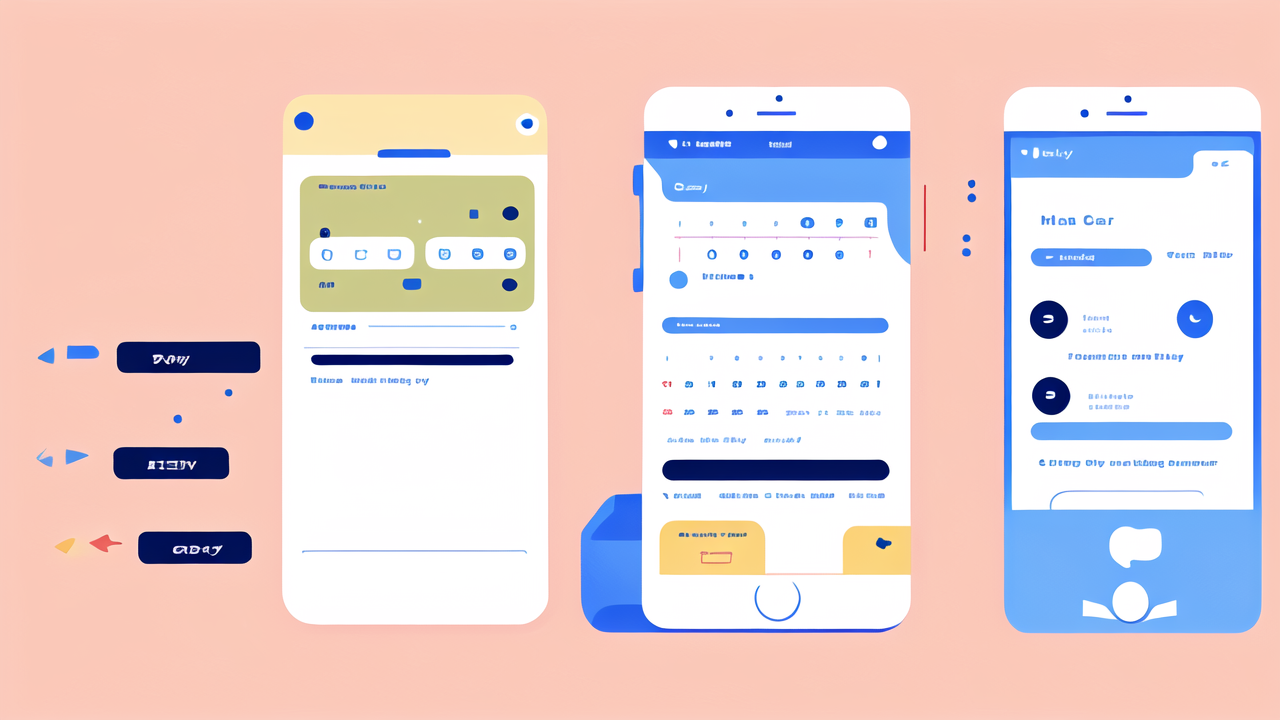Understanding the Role of Wearable Technology in the Workplace
The Evolution of Smart Watches for Professionals
Smart watches have come a long way since their inception. They've evolved from simple timekeeping devices to powerful tools for professionals. Early models focused on basic functions like notifications and step counting. Now, they offer features tailored for the workplace.

Modern smart watches can handle emails, track projects, and even conduct calls. They've become more durable and longer-lasting, meeting the demands of busy professionals. The integration with smartphones has improved, creating a seamless tech experience. Many now offer standalone capabilities, reducing reliance on phones.
As technology advances, smart watches continue to add features. They now include voice assistants, advanced health monitoring, and productivity apps. These improvements make them invaluable tools for today's professionals.
Key Differences Between Consumer and Professional Smartwatches
Consumer and professional smart watches serve different purposes. Consumer models often prioritize fitness tracking and social features. Professional versions focus on productivity and business applications.
Professional smart watches typically have longer battery life. They often include more storage for work-related data. Security features are usually more robust in professional models. This helps protect sensitive business information.
Many professional smart watches offer customization options. This allows businesses to tailor the device to their specific needs. They may also have specialized apps for different industries. For example, healthcare professionals might use apps for patient monitoring.
Consumer models tend to have more style options. Professional versions usually have a more understated, business-appropriate look. The price point for professional smart watches is often higher. This reflects their advanced features and durability.
Assessing the Impact of Smart Watches on Productivity
Smart watches can significantly boost productivity in the workplace. They allow professionals to stay connected without constant phone checks. This can reduce distractions and improve focus during meetings or tasks.
Time management becomes easier with smart watch features. Calendar alerts, to-do lists, and reminders are right on your wrist. This helps professionals stay on top of their schedules and deadlines.
Quick access to information is another productivity benefit. Professionals can quickly view emails, messages, or important data. This saves time compared to pulling out a phone or laptop.
However, it's important to use smart watches wisely. Too many notifications can be distracting. It's crucial to find a balance between staying informed and maintaining focus. When used effectively, smart watches can streamline workflows and boost efficiency.
Leveraging Smart Watch Capabilities for Enhanced Performance
Integrating Time Management and Scheduling Tools
Smart watches excel at keeping professionals on schedule. They offer quick access to calendars and appointment reminders. This helps users stay punctual and organized throughout their day.

Many smart watches sync with popular productivity apps. This allows for seamless integration with existing workflows. Users can view and manage tasks directly from their wrist. This feature is especially useful for professionals always on the move.
Time tracking is another valuable feature for many professionals. Smart watches can easily log time spent on different projects. This data can be used for billing or to improve time management skills.
Some advanced models offer AI-powered scheduling assistance. These features can suggest optimal times for tasks or meetings. By leveraging these tools, professionals can make the most of their workday.
Utilizing Fitness and Health Features for Well-being
While often associated with personal use, fitness features can benefit professionals too. Regular exercise and good health contribute to better work performance. Smart watches make it easy to track physical activity and encourage healthy habits.
Many models offer stress monitoring and management tools. These can help professionals recognize and address workplace stress. Features like guided breathing exercises can provide quick relaxation breaks.
Sleep tracking is another valuable health feature. Good sleep is crucial for productivity and decision-making. Smart watches can help users understand and improve their sleep patterns.
Some smart watches also offer posture reminders and standing alerts. These features are particularly useful for office workers. They encourage regular movement, which can improve focus and reduce health risks.
The Power of Notifications and Communication Apps
Smart watch notifications keep professionals connected without constant phone checks. Users can quickly see important messages or emails at a glance. This allows for faster response times and better communication flow.
Many smart watches support voice-to-text features. This makes it easy to send quick replies or create short messages. Some models even allow for phone calls directly from the watch.
Team communication apps often have smart watch versions. This enables seamless coordination even when away from a desk. Quick check-ins or status updates become effortless.
However, it's important to manage notifications wisely. Too many alerts can be distracting. Most smart watches allow users to customize which notifications they receive. This helps maintain a balance between staying informed and staying focused.
Strategic Adoption of Smart Watch Technologies for US Businesses
Assessing the Cost-Benefit of Smart Watches in a Professional Setting
Implementing smart watches in a business setting requires careful consideration. The initial cost of devices can be significant, especially for larger teams. However, the potential productivity gains may outweigh this expense.

Smart watches can reduce time spent on routine tasks. This frees up employees for more valuable work. They can also improve communication efficiency within teams. These factors can lead to cost savings in the long run.
Some businesses may see reduced IT costs. Smart watches can replace or supplement other devices. This can streamline technology management and reduce overall equipment needs.
However, businesses must also consider training and support costs. Employees may need guidance to use smart watches effectively. It's important to factor in these ongoing expenses when assessing the overall value.
Best Practices for Implementing Smart Watches in the Workplace
Clear policies are crucial when introducing smart watches at work. These should cover appropriate use and data security. Privacy concerns should be addressed to ensure employee comfort.
Training programs can help employees maximize smart watch benefits. These should cover both basic functions and advanced productivity features. Regular updates can keep staff informed about new capabilities.
It's important to choose devices that integrate well with existing systems. Compatibility with current software and security protocols is key. This ensures a smooth transition and reduces IT headaches.
Start with a pilot program before full implementation. This allows businesses to identify and address any issues early on. Feedback from this phase can guide the wider rollout strategy.
Future Trends: The Rise of AI and Machine Learning in Smart Watches
AI and machine learning are set to revolutionize smart watch capabilities. These technologies will enable more personalized and predictive features. Smart watches may soon offer tailored productivity suggestions based on user habits.
Advanced health monitoring is another area of growth. AI could help detect potential health issues early. This could lead to improved employee well-being and reduced healthcare costs.
Voice assistants on smart watches are becoming more sophisticated. They may soon handle complex tasks like scheduling or data analysis. This could further streamline workflows for professionals.
As 5G networks expand, smart watches will gain more standalone capabilities. They may become primary devices for many tasks. This could reduce reliance on smartphones and laptops in some work scenarios.




Leave a comment
This site is protected by hCaptcha and the hCaptcha Privacy Policy and Terms of Service apply.